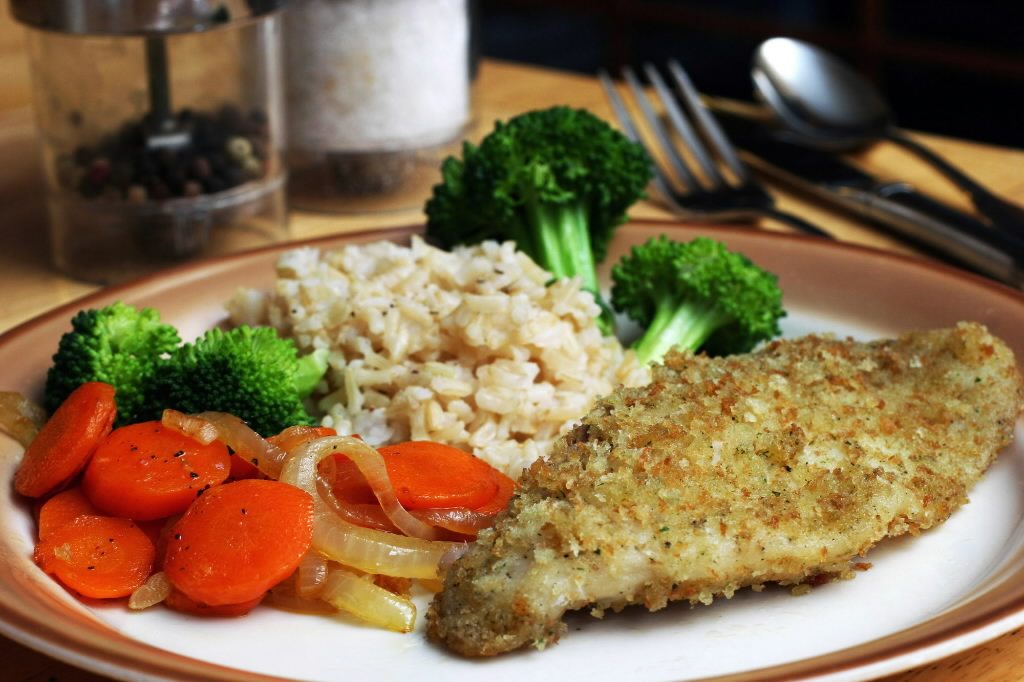Dairy: 3 cups
Protein: 5-6 oz
Fruit : 1-2 cups
Vegetables: 2 1/2 – 3 cups
Grains: 6-8 oz, half of them whole grains
To learn more about what a serving size is or tips on how to incorporate them easily into your daily eating plan, check out www.choosemyplate.gov
Last week on Live Well, nutrition expert Sandra Brown explained what it means to achieve a healthy diet.
“The word diet really means a healthy eating plan aimed at attaining and maintaining good health permanently for the entire family. It is not a temporary plan, but one that everyone in the family sustains for the rest of their lives. A healthy diet includes balanced food choices, appropriate serving sizes, plenty of plain water, activity and rest,” writes Brown.
This week, she presents 10 tips for planning healthy meals:
- Take time to plan. Plan meals a week or more ahead. Then shop for what you need for those meals.
- Try to have two or more different fruits and/or vegetables in each meal. This allows for more variety and color in your meals.
- When making casseroles, soups and sauces make extra to put into the freezer for lunch options or quick meals for another day.
- Cook once; eat two or three times. Cook a chicken or large roast in the crock pot and then plan two to four meals from that one protein item. Chicken can become enchiladas, topping for salad, chicken soup, pasta and chicken with marinara sauce, stir fry or chicken wraps with lots of veggies.
- Cut up fresh vegetables like peppers, carrots, celery, and broccoli and make your own pre-packaged vegetables ready for salads, snacks, or veggie wraps Consider freezing them to use in soups. It saves time on chopping.
- Buy and eat seasonally. If buying fresh produce, seasonal produce is much more flavorful and cheaper. If you want some that is out of season consider frozen or canned. They are still full of nutrients and cheaper than fresh out of season. Also consider preserving your own produce when in season or on sale.
- Change up your salads by using colorful vegetables or adding black beans, shredded radishes, or chopped red cabbage. Cut the vegetables differently, dice one time and shred the next.
- Always keep canned tomatoes, kidney or garbanzo beans, mushrooms and beets on hand to add to soups, casseroles, sauces, etc.
- The color of the food is not an indication of whole grain. Read ingredients lists for wholegrain first on the list. Look for ‘whole wheat’ ‘brown rice’ ‘whole oats’. Words like multi-grain and stone-ground are not always whole grain and may not even contain any whole grain.
- Mix whole grains in casseroles, soups, and stir fry. Try brown rice in casseroles, or whole grain pasta in macaroni and cheese.
This article is part two of a two-part series on achieving a healthy diet. See part one.



